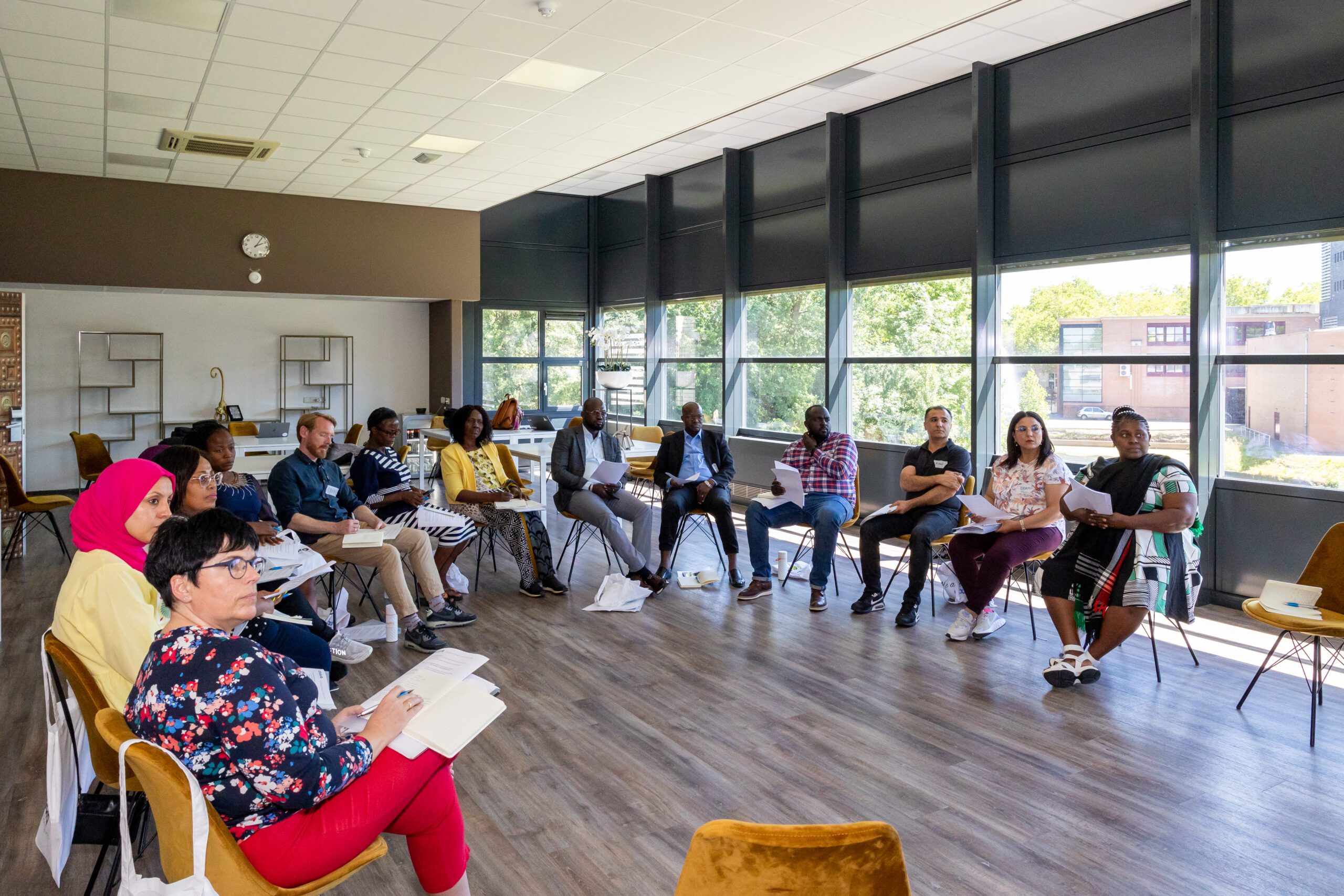Parole d’experts iCRA #13 : Formation efficace en grands groupes

Training and lecturing in large class sizes can be challenging, especially when aiming to foster meaningful and practical learning experiences for students. Traditionally, the focus has been on delivering lectures, assigning homework, and assessing through multiple-choice questions, which primarily promotes “Knowing” in the learning process. However, how can we ensure students also achieve true understanding?
To create an optimal learning environment, it is crucial to ensure everyone can see and follow you. Make use of microphones, sound reinforcement systems, large screens, and clear presentations. Additionally, design a program that incorporates varied activities, keeping lectures within 20 minutes. Strike a balance between listening, action, and interaction to actively engage students. Pose plenary questions with multiple options and collect answers using polling tools like Mentimeter or Kahoot. Alternatively, encourage participation by raising hands or standing up. Instead of immediately providing the correct answer, invite volunteers to explain their chosen response and the reasoning behind it. Then, encourage others to share alternative responses and provide their justifications. Repeat important interventions to ensure everyone hears them clearly.
Interaction is key to learning: using buzz groups
Engaging individuals is an excellent way to maintain attention, but in large groups, personal attention from the lecturer is not always feasible. To address this, consider organizing “buzz groups” where students interact and exchange ideas among themselves. Buzz groups consist of small, random groups of 2 to 4 people who work together on a given task. The tasks can involve sharing knowledge, personal viewpoints, or experiences on a specific topic. Alternatively, they can focus on problem-solving, comparing options, assessing choices, or generating improvements for a particular design. After 10 minutes, randomly select subgroups to briefly present their answers. Encourage them to highlight if another subgroup had a different response and explain the reasoning behind it. Conclude by providing your own answer and supporting arguments.
Note: When working in buzz groups, make sure to have a method for regaining their attention at the end of the allocated time, as it may become noisy in the hall.
Practical exercises in large groups
Practical learning can be challenging in large groups, especially when field experiences are not possible due to constraints such as limited resources and staff. In such cases, creativity becomes essential. One approach is to designate mentors and assistants from higher-level students to support groups at lower levels. If financial resources are limited, consider awarding marks or creating a compulsory mentoring course that contributes to their degree requirements. Alternatively, simulate practical situations within the classroom by demonstrating tools or equipment at a smaller scale or using videos to showcase real-world practices. Online tools can also be leveraged to provide practice opportunities, including automated response systems such as Google Forms or specialized software for specific topics.
Both increased interaction and practical exercises ensure that students progress beyond the first step of “Knowing” on the learning staircase (De Galan), enabling them to advance to “Understanding” and “Applying” their knowledge.
Stay tuned for more expert insights from iCRA, with the upcoming release of an expert bite on providing feedback in large groups.

Recent Comments